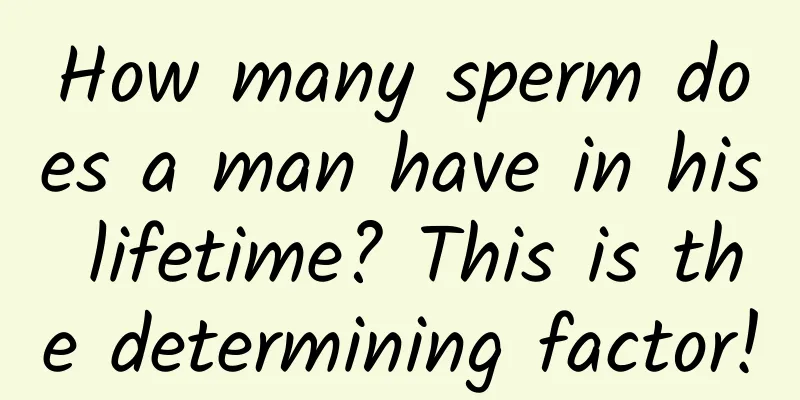What kind of IV drip is used for prostatitis

|
The problem of prostatitis is so common in our daily life that it is easily overlooked by everyone, who think that prostatitis is not serious. In fact, if prostatitis continues to occur, it is very bad for the body. Moreover, there are many types of prostatitis. If people blindly take measures such as intravenous drips or medication to treat prostatitis, this will be counterproductive. Medication 1. Acute bacterial prostatitis (1) General treatment: bed rest, drink plenty of water or receive intravenous fluids, and strengthen systemic supportive therapy. (2) Antibiotics: Actively use effective antibiotics. Commonly used quinolones such as ciprofloxacin, ofloxacin, levofloxacin (levofloxacin) 0.2g, intravenous drip, 2-3 times/day; aminoglycosides such as amikacin, netilmicin 0.4g, intravenous drip, once/day. After the acute inflammatory symptoms are controlled, oral administration can be used, and the course of treatment should be maintained for 1 month. (3) Other treatments: Antipyretic and analgesic drugs can be used, such as Suomiton (pain-relieving tablets), acetaminophen (Sanlitong), acetaminophen (Baifuning), etc. Those with dysuria can use α-receptor blocking drugs, such as Natol 25 mg, terazosin 2 mg or tamsulosin (Halor) 0.2 mg, orally, once a day. For those with acute urinary retention, it is not advisable to place a urinary catheter, but suprapubic bladder puncture and fistula should be performed. When complicated with prostate abscess, incision and drainage should be performed. 2. For chronic prostatitis, comprehensive treatment measures should be taken. (1) Lifestyle adjustment: avoid riding or sitting for long periods of time, have regular sex, and avoid drinking alcohol and eating spicy food. (2) Hot water sitz bath and physical therapy: can reduce local inflammation and promote absorption. (3) Prostate massage: once a week to drain inflammatory secretions. (4) Herbal preparations: such as Shenitong, Qianliexin Capsules, Zegui Longshuang Capsules, etc. (5) Application of anticonvulsant and analgesic drugs: ibuprofen 60 mg, orally, 4 times a day; indomethacin (indomethacin) suppository 0.1 g, intrarectally, once a day. For patients with obvious urinary irritation symptoms, tolterodine 2 mg, orally, 2 times a day or flavoxate (urinary anesthetic) 0.2 g, orally, 3 times a day can be used. (6) Application of α-receptor blockers: They can relieve patients’ dysuria symptoms. (7) Application of antibiotics: ① Bacterial prostatitis: Choose antibacterial drugs that are fat-soluble, weakly alkaline, and have a low plasma protein binding rate, such as trimethoprim (TMP) 160 mg, once a day; sulfamethoxazole (SMZ) 800 mg, once a day; the course of treatment is 4 to 12 weeks. Fluoroquinolone drugs, such as ofloxacin or levofloxacin |
<<: Why does my waist hurt when I ejaculate too much?
>>: Men's urethral pain when urinating
Recommend
What is weak sperm? Do you know these causes?
Asthenospermia is a type of male fertility diseas...
Male erection early pictures
In fact, there will be many symptoms in the early...
What are the symptoms of overactive bladder?
Overactive bladder (OAB) is a syndrome characteri...
What to do if you have a nosebleed? Stop the bleeding with this trick
Whenever the climate is dry or the nose is injure...
10 signs of men's health decline, know them early and prevent them early
We should never ignore some minor symptoms of the...
What does routine semen testing include?
Female friends all know that they need to do a gy...
Pictures of eczema acuminatum in men
In recent years, the incidence of genital warts h...
How to deal with and treat breast development in boys
Nowadays, a new situation has emerged, which is t...
What's the matter with the white spot under the glans?
There are many common problems among men. When so...
What should I do if there are red spots and warts on the glans penis?
Every day we live in this huge social circle, and...
Middle-aged men should protect their livers. Three "golden ideas" can keep your liver healthy for life
When men reach middle age, they must know how to ...
How long is a normal sexual life for men?
Sexual life is a very common thing in our daily l...
What are the symptoms of mycoplasma in men?
Chlamydia infection is a unique type of non-gonoc...
A better cure for premature ejaculation
Isn't premature ejaculation just a short peri...
How to train your chest muscles at home? Teach you how to use push-ups to train
When men exercise, they usually focus on training...









